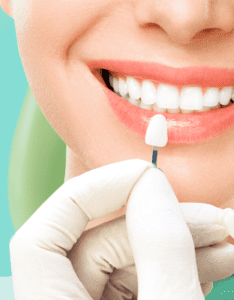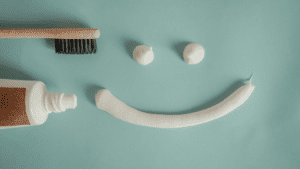You wash your hands, your body, your clothes, even your car. But how often do you wash your toothbrush? It’s something that most people overlook despite putting one in their mouth 2-3 times a day. At Murfreesboro Family Dentistry, we’re here to help you keep your mouth, and your toothbrush, happy and clean.
Cleaning Your Toothbrush
The American Dental Association (ADA) says all you need is a good rinse. Then, let your toothbrush dry in an upright position away from other toothbrushes. As long as your toothbrush is dry before its next use, It will be free from bacteria and ready to use.
However, if you are sick you may need a little more fire power behind your toothbrush cleaning routine. A simple rinse will wash away any debris or particles caught in your bristles, but certain viruses and bacteria may stick around. Every time you brush your teeth, you’re reintroducing these harmful objects to your body. This leads to longer periods of illness. Some soak their brushes in hydrogen peroxide. It takes just five minutes to disinfect your toothbrush this way. After soaking, rinse and store as usual, in a dry spot away from other brushes. Be sure to dump the used peroxide after soaking. This can be done once a week or as needed.
A quick way of doing this hydrogen peroxide method is to whisk your toothbrush in a solution of 1 teaspoon of hydrogen peroxide per 1 cup of water. Do this just before brushing to ensure your brush is as clean as possible when it goes into your mouth. Rinse your toothbrush before applying your toothpaste to wash away the peroxide taste. Again, after brushing, rinse and store up-right to dry.
Replacing Your Toothbrush
It is recommended to replace your toothbrush every 3-4 months or when the bristles become frayed. The more damaged your brush’s bristles become, the less effective it will be at cleaning your teeth. But what kind of toothbrush is the right kind of toothbrush?
As with other dental hygiene products, the ADA has an approved list of toothbrushes. The ADA tests each toothbrush and the passing products get their stamp of approval. The toothbrushes are testing against five criteria:
1. All components of the toothbrush are safe
2. The bristles are not sharp or jagged
3. The handle material holds up under normal use
4. The bristles do not fall out with normal use
5. The toothbrush helps provide a significant decrease in mild gum disease and plaque
The last item on the list is an important one. The ADA conducts clinical studies to test toothbrushes’ effectiveness. If the toothbrush is found to not provide a decrease in mild gum disease and plaque over a 30-day period then the design is rejected. Choosing a toothbrush with ADA seal guarantees you are buying one that is safe and effective in keeping your mouth clean.
Electric toothbrushes go through more rigorous testing. This includes determining the safety of the brush on hard and soft oral tissues, mechanical strength, and chemical resistance.
Have questions or concerns? Call Murfreesboro Family Dentistry today for a consultation.





